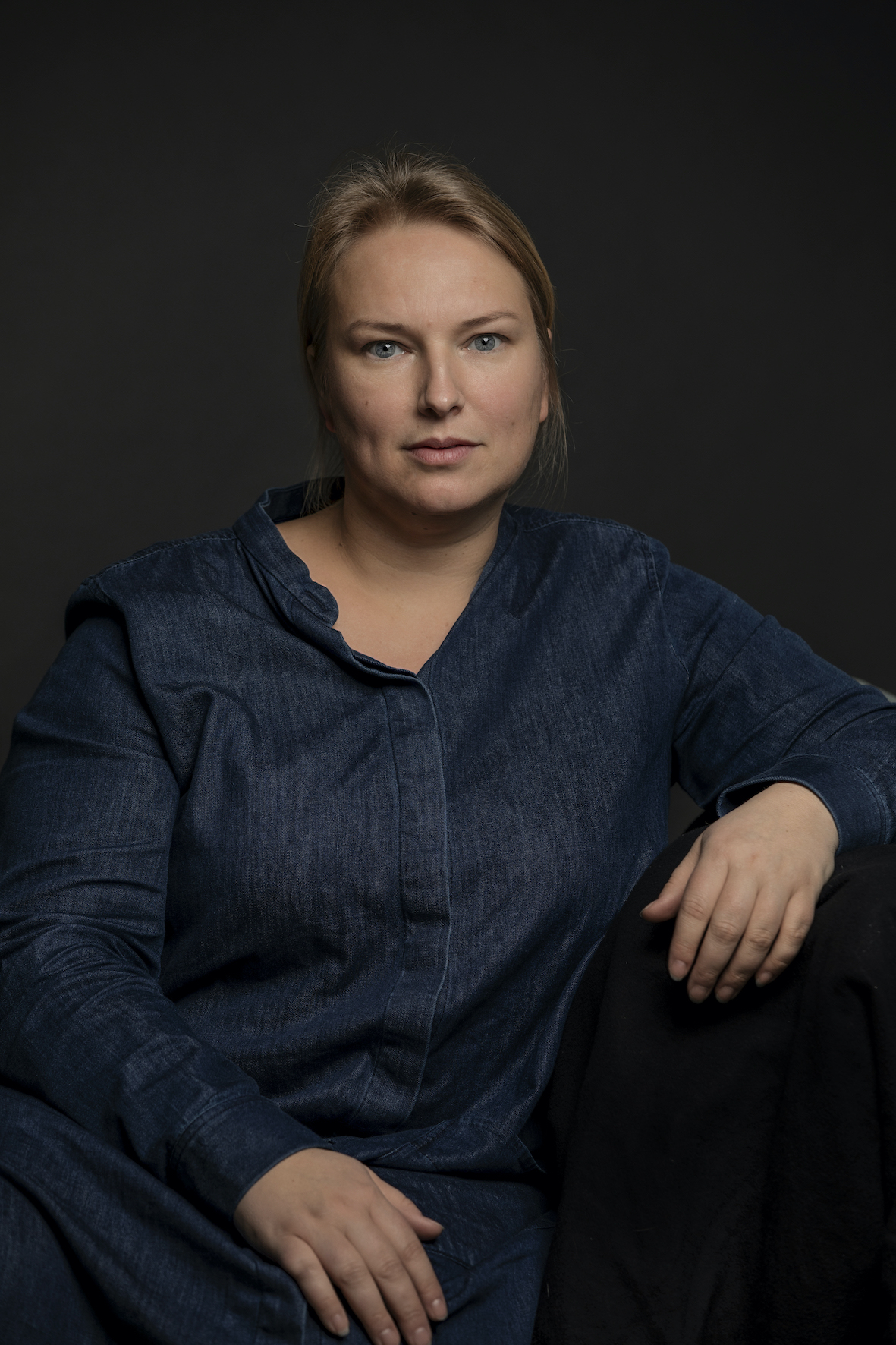Who is Margriet Vollenberg, the curator of the Olympic design exhibition?

Helsinki Design Week has appointed Margriet Vollenberg to curate September’s main exhibition at the Olympic Stadium. Vollenberg is the founder and art director of Ventura Projects. The first Ventura Projects saw the light of day during Milan’s Salone del Mobile, but since then exhibitions have also been organised in New York, Berlin, Dubai and many other prime locations.
Helsinki Design Week has appointed Margriet Vollenberg to curate September’s main exhibition at the Olympic Stadium.
Vollenberg is the founder of Organisation in Design in the Netherlands and the founder and art director of Ventura Projects. The first Ventura Projects saw the light of day during Milan’s Salone del Mobile, but since then exhibitions have also been organised in New York, Berlin, Dubai and many other prime locations.
Weekly sat down for a chat with Vollenberg just after her first visit to this year’s venue.
You are a graduate designer who studied at the Design Academy in Eindhoven under Lidewij Edelkoort, the head professor. And there you learned you didn’t want to become a designer, is that right?
I know it sounds crazy, but yes. One thing my time in Eindhoven taught me was perseverance. But above all that my strength lies in creating a connection between design, designers and potential markets.
Your method in the early days of the Ventura Projects was to scout for an empty and raw space and then play with it. The Olympic Stadium is definitely not a raw space without electricity or water, but a totally different kind of venue. What are the pros and cons?
One of our prime considerations when starting Ventura Projects was to work in affordable spaces, which meant we ended up in rough spaces where we could focus all our energies on the content of the exhibitions. I am fascinated by different kinds of spaces and the unique context they provide for each design presentation. In my opinion, the location’s context is an important part of creating a unique presentation format. Since the start of Ventura Projects in Milan, we’ve organised events in various venues all over the world, including convention centres and galleries. In fact, we describe Ventura Projects as a nomad brand. And Helsinki Design Week is a nomad too, like us.
Each type of venue has its pros and cons, but setting up an exhibition in the Olympic Stadium of Helsinki is a once-in-a-lifetime opportunity! The Olympic Stadium provides the selected artists and designers with a blank canvas, the city is celebrating the re-opening and the exhibition will change the visitor’s perspective on the building. I’m looking forward to curating an exhibition which connects to the values of sport, such as fun, entertainment and bringing people together.

I know you only just saw the venue, but could you already share some thoughts about what we might expect to see there in September?
In my opinion it’s important to give the young generation a voice. I would love for young creatives to tell their stories and to give them the chance to showcase their new and refreshing ideas. I’m sure we’ll be surprised if we listen to them. What’s more, I’m interested in hearing about the different ways of thinking in different schools.
For instance how Design Academy in Eindhoven created a way of designing that differs from the approaches of the Royal College of Art, Politecnico in Milan and Aalto University. They all have different ways of looking at the world and educate their students with a different design approach. And lastly, we also want visitors to be wowed by the installations and we’d like the visitors to meet the designers. It’s a dialogue, and it can help to create a better world together.

The theme for this year’s design week is Commitment Matters. What are your thoughts on that?
For me, commitment is a handshake. Meaning two parties are both contributing something, and making a pledge. Commitment is also dedication: we define a goal, and we’ll make it happen together.
We’ve reached a point in time where we simply need to do something and think about the future together. We have to improve our way of life, with regard to each other and to the planet, and if we’re going to achieve this, we have to collaborate. Design is a great tool for doing that, since it’s open to all disciplines and fields and it can involve everyone.
Besides this, it’s important for designers to collaborate with the right companies. When they do, they have the power to broaden their perspective together and thus make bigger changes. With Organisation in Design and Ventura Projects, I create platforms for designers and companies to meet each other and to share eureka moments.

Last year the theme was Learning Climate, and the commitment also refers to that. The pop-ups and fairs and design weeks are all temporary by their nature. So what’s your justification for this approach, when in overall terms we need to act super-sustainably?
Twelve years ago, when I started organising events under the name of Ventura Projects, we also had to think about sustainability. Back then we decided to focus on the content of the exhibition and not to create large stands and use loads of carpet as most fairs do. The focus on sustainability has grown over the years and I’m still very conscious of this topic.
Even though it’s hard to create a 100% sustainable design week or fair, it’s still important that these creative ideas and design projects get a stage and therefore a large audience. Design weeks earn their right to exist by presenting design and ideas that can improve the future. And of course, all aspects of the event should be as sustainable as possible, for instance by using recycled materials.


